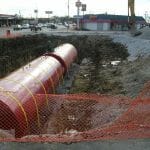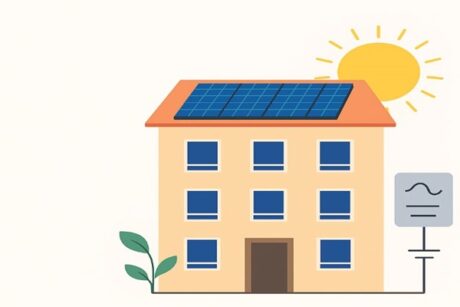- Course No E – 1793
- PDH Units: 6
No data found for Custom Course Number
No data found for Custom Course Units
- Course No E – 1793
- PDH Units: 6
Intended Audience: Mechanical and HVAC engineers, Architects, Building designers, Contractors, Energy Auditors, Facility managers, Property & Estate managers, O & M Personnel, Sales & Marketing personnel, and General Audience.
PDH UNITS: 6
In air conditioning systems the duct is considered a static component of the installation through which air flows within the building, connecting all parts of the system. Ducts can be best described as arteries of the central air-conditioning system. These play an important role in keeping the whole HVAC system fit and achieving comfortable conditions throughout its life span.
Defects in a duct system can waste hundreds of dollars a year by forcing your HVAC system to run longer than necessary. Ductwork problems also make certain rooms too hot or too cold at different times of the year, while introducing dirt and bad odors into your forced-air system.
The objective of good duct design is to:
-
Optimize duct size (manufacturing costs)
-
Minimize duct systems friction losses (operation cost)
-
Reduce duct systems acoustics (environmental costs) and
-
Minimize air balance procedures (commissioning costs)
The 6-hr course reviews the above criteria in detail and provides guidance on the planning, layout and sizing of supply and return air ducts.
Learning Objectives
Upon completion of the course, the student should understand:- Describe the terminology used to describe the components of air distribution system;
- Learn the velocity and pressure classification of ductwork;
- Learn the application of various materials and shapes that provide most cost effective alternative;
- Learn the various supply air duct configurations;
- Understand the various duct sizing methods - velocity method, equal friction method or static regain method;
- Understand the interaction between fan and duct system;
- Learn the methods of duct construction and reinforcement;
- Understand the good engineering practices for duct layout and routing;
- Learn the methods for ductwork testing and estimating system performance;
- Learn the various duct cleaning methods;
- Explain typical performance characteristics of a duct system;
- Explain the importance of system balancing and optimization.
Once completed, your order and certificate of completion will be available in your profile when you’re logged in to the site.










